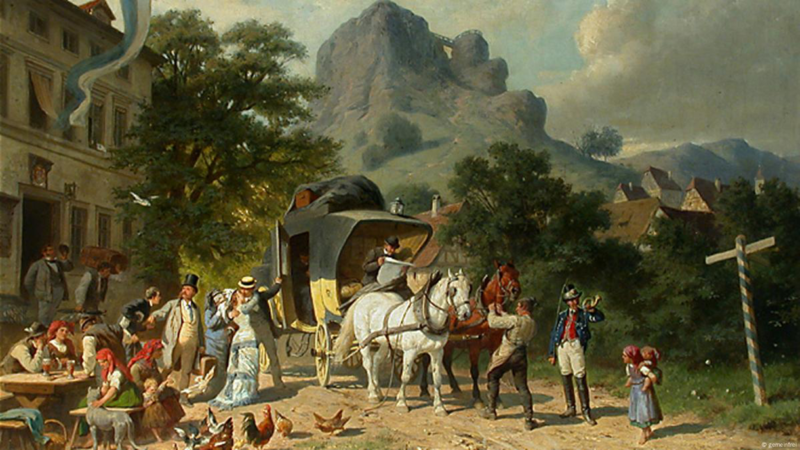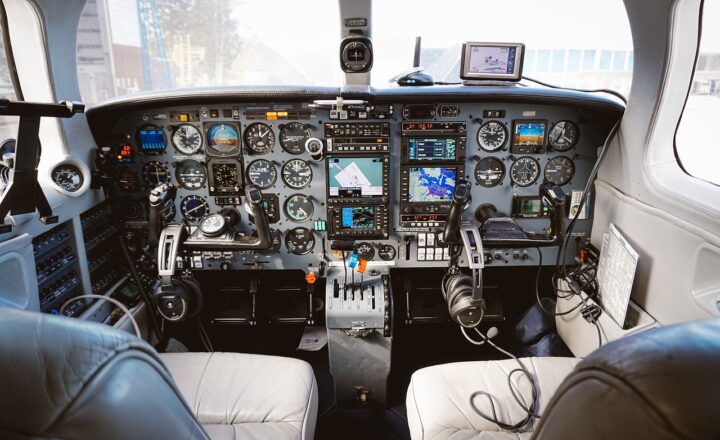
Travel has always been a fundamental part of human existence, evolving from a necessity for survival to a source of adventure, exploration, and cultural exchange. Over thousands of years, the way we travel has transformed dramatically, from the slow pace of horseback riding and sailing ships to the development of railroads, cars, airplanes, and now, the pursuit of hypersonic flights. The history of travel is a testament to human ingenuity and our unrelenting desire to explore new horizons.
In this article, we’ll journey through the history of travel, exploring key innovations that have shaped how we move across the world—from the earliest forms of transport to the futuristic possibilities of space tourism and hypersonic travel.
1. Early Modes of Travel: Walking, Horseback, and Sailing
In ancient times, travel was largely dictated by the natural landscape and the limitations of human endurance. For thousands of years, walking was the primary mode of travel, with most people never venturing far from their place of birth. As civilizations grew, so did the need for more efficient means of transportation.
Key early modes of travel:
- Walking: The earliest form of travel was by foot, with humans migrating in search of food, shelter, and safety. Ancient civilizations built paths and roads to connect cities, allowing for easier travel on foot.
- Horseback Riding: Domesticated horses revolutionized travel, allowing people to cover longer distances in shorter times. Horse-drawn carriages and chariots were used by the Egyptians, Persians, and Romans for transportation and warfare.
- Sailing: Ancient seafaring civilizations like the Phoenicians, Greeks, and Egyptians mastered the art of sailing, using wind-powered ships to explore and trade across vast distances. Early navigation techniques relied on the stars and landmarks to guide sailors.
While travel during this period was often slow and dangerous, it laid the groundwork for the development of more sophisticated forms of transportation in later centuries.
2. The Age of Exploration: Ships and Sail
The Age of Exploration, which began in the 15th century, marked a turning point in the history of travel. Advances in shipbuilding and navigation allowed explorers to venture farther than ever before, leading to the discovery of new continents, trade routes, and cultural exchanges.
Key innovations during the Age of Exploration:
- Caravel Ships: The development of caravel ships, used by Portuguese and Spanish explorers, enabled longer voyages across open seas. These ships were fast, maneuverable, and could sail against the wind, making them ideal for exploration.
- Compass and Astrolabe: The invention of the magnetic compass and the astrolabe allowed sailors to navigate more accurately, even when out of sight of land.
- Famous Voyages: Christopher Columbus’s 1492 journey to the Americas and Vasco da Gama’s 1498 voyage to India are some of the most famous expeditions that opened up new trade routes and connected distant parts of the world.
The Age of Exploration was a period of great discovery but also colonization and conflict, as European powers sought to expand their empires and control global trade.
3. The Industrial Revolution: Railways and Steamships
The 19th century brought about another revolution in travel with the advent of the Industrial Revolution. The invention of steam-powered engines transformed both land and sea travel, making it faster, more reliable, and accessible to more people.
Key travel innovations of the Industrial Revolution:
- Steam Locomotives and Railways: The introduction of steam-powered trains revolutionized land travel. The construction of railroads allowed people and goods to travel over vast distances at unprecedented speeds. The first passenger railway, the Stockton and Darlington Railway, opened in 1825 in England.
- Steamships: Steamships replaced wind-powered sailing ships for long-distance travel and trade. They could travel faster and were less reliant on weather conditions. The SS Great Western was one of the first steamships to offer regular transatlantic service between Britain and the United States.
- Expansion of Travel: Railways and steamships opened up new opportunities for mass travel, allowing people to travel across continents and oceans with greater ease. The growth of railway networks, particularly in Europe and North America, spurred economic development and connected distant regions.
The Industrial Revolution was a defining moment in the history of travel, laying the foundation for the modern transportation systems we use today.
4. The Automobile and the Age of Air Travel
The 20th century saw two major developments that would transform travel forever: the invention of the automobile and the birth of air travel. Both innovations provided unprecedented freedom and mobility, making travel faster and more accessible to the masses.
The rise of automobiles and airplanes:
- The Automobile: The invention of the internal combustion engine led to the development of the modern automobile. Henry Ford’s Model T, introduced in 1908, revolutionized personal travel by making cars affordable and accessible to ordinary people. The widespread adoption of automobiles led to the construction of highways and transformed urban and rural landscapes.
- Air Travel: The Wright brothers’ first powered flight in 1903 marked the beginning of modern aviation. Over the next few decades, air travel evolved rapidly, with advancements in aircraft design, navigation, and safety. By the mid-20th century, commercial air travel had become the fastest way to travel long distances, shrinking the world and making global travel a reality.
The automobile and airplane transformed not only how people traveled but also how societies functioned, from the rise of car culture to the boom in international tourism.
5. The Jet Age: Supersonic and Commercial Flights
The Jet Age, which began in the 1950s, ushered in a new era of air travel. Jet engines allowed airplanes to fly faster and farther than ever before, making international travel more accessible to the public. The rise of commercial aviation changed the way people thought about travel, and by the late 20th century, flying had become a common mode of transportation.
Key developments of the Jet Age:
- Commercial Jetliners: The introduction of commercial jetliners like the Boeing 707 and the Douglas DC-8 in the 1950s revolutionized air travel. These planes could fly at higher altitudes and faster speeds, significantly reducing travel time.
- Supersonic Travel: The Concorde, introduced in 1976, was a marvel of engineering that could fly faster than the speed of sound, cutting transatlantic flight times in half. However, due to high operating costs and environmental concerns, the Concorde was retired in 2003.
- Globalization and Tourism: The Jet Age contributed to the rise of global tourism, with millions of people traveling internationally for business, leisure, and cultural exchange. Airports became hubs of global connectivity, and the airline industry grew into one of the most important sectors of the global economy.
The Jet Age made the world more interconnected than ever before, enabling people to explore new destinations and cultures with ease.
6. The Future of Travel: Hypersonic Flights and Space Tourism
As we look to the future, the next frontier of travel is already on the horizon. Hypersonic flights, capable of traveling at speeds greater than Mach 5 (five times the speed of sound), promise to revolutionize air travel once again by drastically reducing flight times. Meanwhile, space tourism is transitioning from science fiction to reality, with private companies like SpaceX, Blue Origin, and Virgin Galactic leading the charge.
Future travel technologies:
- Hypersonic Flights: Hypersonic aircraft are currently in development, with the goal of cutting international travel times to just a few hours. These aircraft would fly at altitudes much higher than commercial jets, reducing friction and allowing for faster travel. Hypersonic travel could one day make long-haul flights between continents as quick as a short domestic flight today.
- Space Tourism: Private space companies are working to make space travel accessible to civilians. Suborbital flights, where passengers can experience weightlessness and view the Earth from space, are already being tested. In the near future, space tourism could become a reality, offering a new dimension to travel experiences.
- Sustainable Travel: As concerns about climate change grow, the future of travel will likely focus on sustainability. Electric planes, hydrogen-powered aircraft, and more fuel-efficient transportation systems are being developed to reduce the environmental impact of travel.
The future of travel holds exciting possibilities, from faster flights to journeys beyond Earth’s atmosphere, continuing humanity’s quest to explore new frontiers.
Conclusion: A Journey Through Time and Innovation
The history of travel is a story of human innovation, ambition, and exploration. From the slow pace of horseback riding to the speed of hypersonic flights, each new mode of transportation has expanded our ability to connect with the world around us. As we look to the future, the next chapter of travel will likely take us further and faster than ever before, with new technologies offering endless possibilities for adventure, exploration, and global connectivity.






